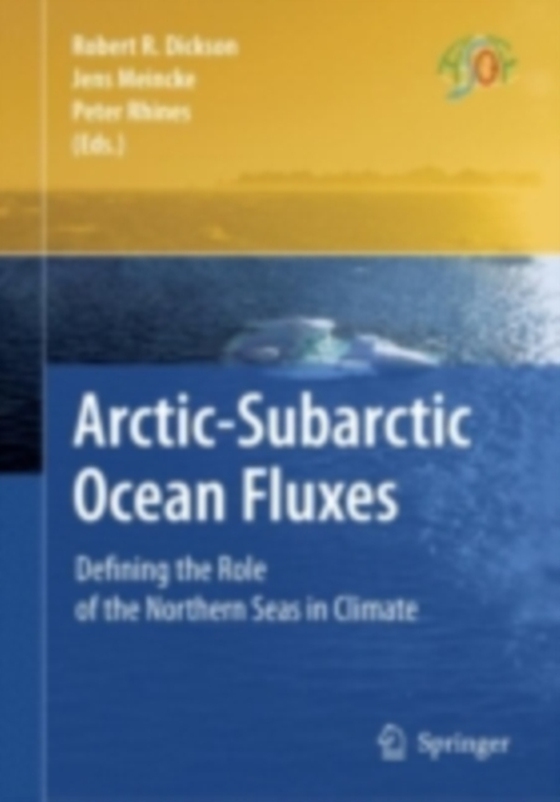
Arctic-Subarctic Ocean Fluxes e-bog
2190,77 DKK
(inkl. moms 2738,46 DKK)
The Ocean-Atmosphere-Cryosphere s- tem of the Arctic is of unique importance to the World, its climate and its peoples and is changing rapidly; it is no accident that the Arctic Climate Impact Assessment (ACIA) was the first comprehensive regional assessment of climate-impact to be conducted. Reporting in 2005, ACIA concluded that changes in climate and in ozone and UV radiation levels were lik...
E-bog
2190,77 DKK
Forlag
Springer
Udgivet
3 marts 2008
Genrer
Oceanography (seas and oceans)
Sprog
English
Format
pdf
Beskyttelse
LCP
ISBN
9781402067747
The Ocean-Atmosphere-Cryosphere s- tem of the Arctic is of unique importance to the World, its climate and its peoples and is changing rapidly; it is no accident that the Arctic Climate Impact Assessment (ACIA) was the first comprehensive regional assessment of climate-impact to be conducted. Reporting in 2005, ACIA concluded that changes in climate and in ozone and UV radiation levels were likely to affect every aspect of life in the Arctic. In effect, the ACIA process was essentially one of prediction: projecting that large climatic changes are likely to occur over the 21st century and documenting what might be their projected impacts. Although the ACIA Report was based on the most modern synthesis of obser- tions, modelling and analysis by hundreds of Arctic scientists, it notes with clarity that its conclusions are only a first step in what must be a continuing process. nd Reporting in November 2007, the 2 International Conference on Arctic Research Planning (ICARP II) has recently made much the same point. To make its proj- tions with higher confidence, --- to take the crucial second step in other words, -- both reports plainly state the need for a more complete and detailed understanding of the complex processes, interactions, and feedbacks that drive and underlie 'change' at high northern latitudes, including particularly the long-term processes of circulation and exchange in our northern seas where much of the decadal 'm- ory' for Arctic change must reside.
 Dansk
Dansk

